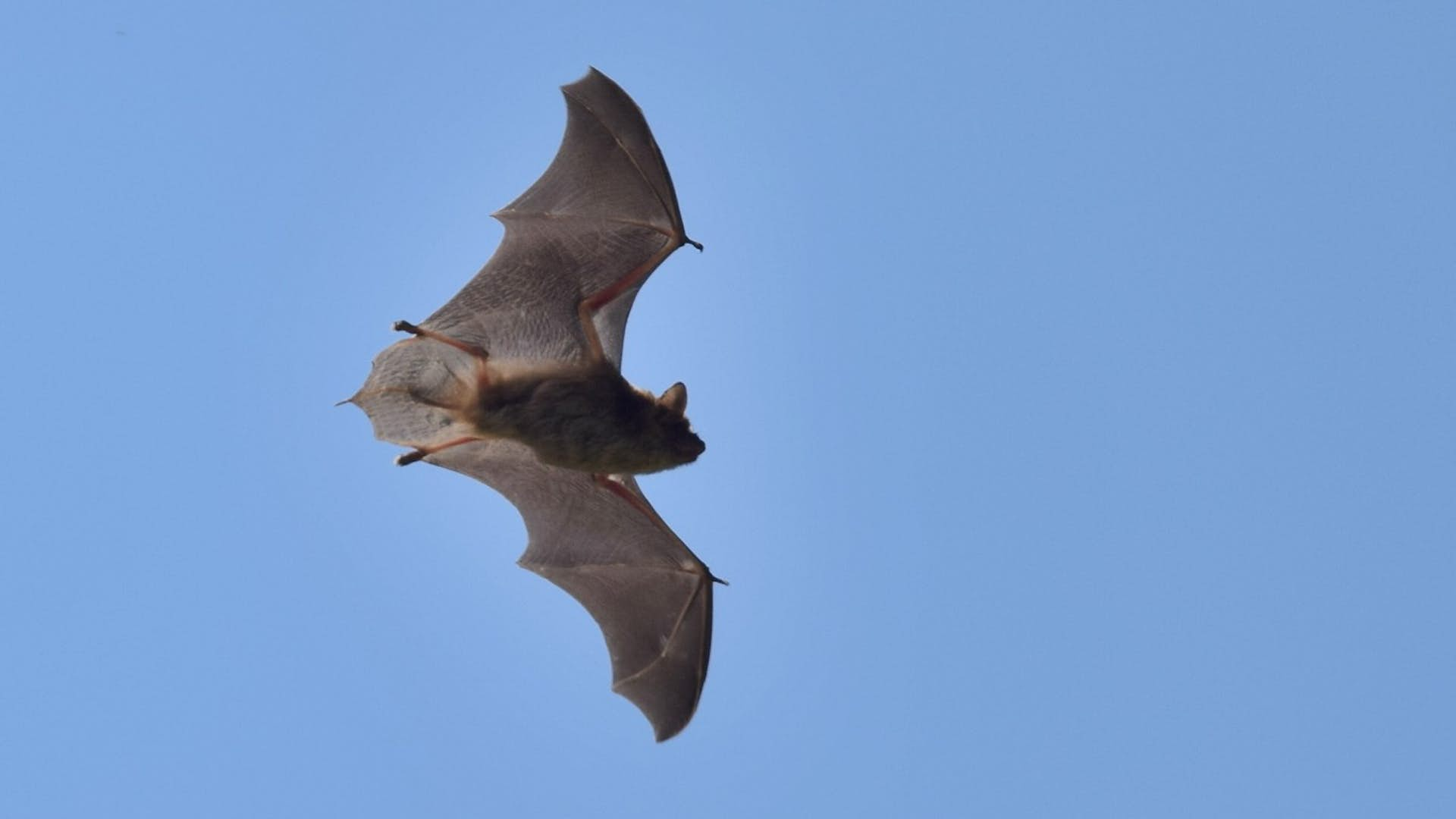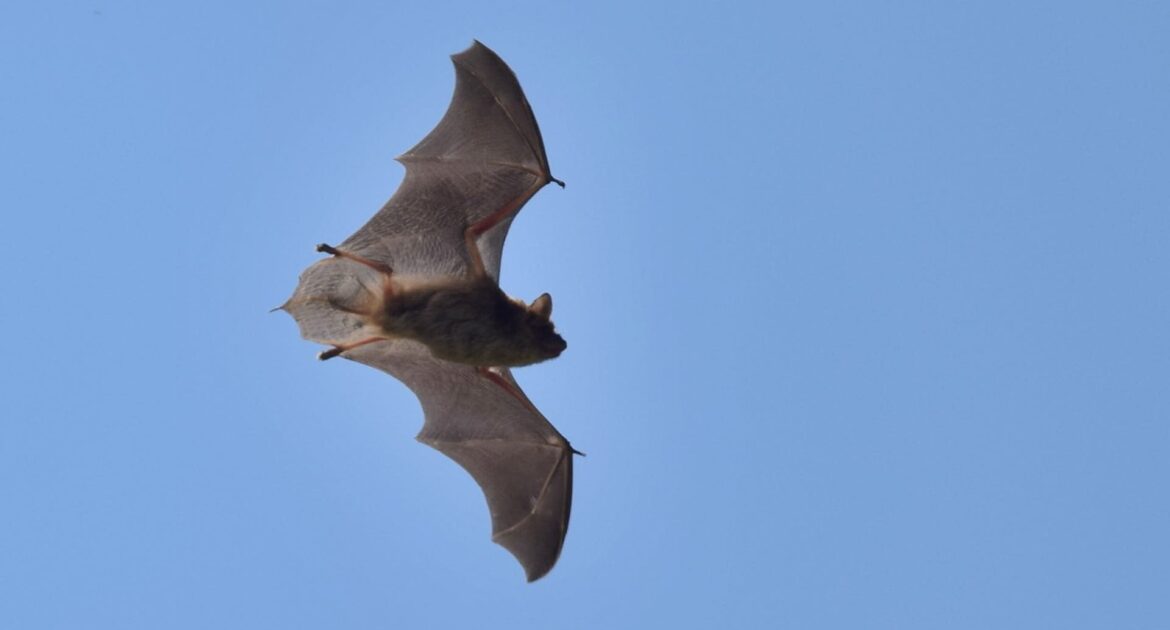Have you ever wondered what happens to bats in the winter? You probably know that bats like to hang from cave ceilings during the day, but what happens to them during the winter? Understanding bat behaviour can tell you when to call wildlife control in Vaughan. Here are some of the basics.
How Do Bats Survive Harsh Weather?
Because bats often come out when people aren’t around, most people don’t think about them very often. You may not realize it, but the world’s only flying mammals are some of the most adaptable and prolific creatures around. There are over 1,400 bat species in the world, living on every major continent except Antarctica.
Some species live in the tropics, where the weather is pleasant all year round. These lucky ones don’t need to migrate or hibernate in order to survive. Other species live so far north or south that migrating to a warm climate simply isn’t possible.
In short, some bats stay where they are all year round, others migrate, and others hibernate. In the northernmost reaches of North America, many flying creatures travel south while migrating only moderate distances. Generally, tree roosting species, such as hoary bats migrate long distances while those that find caves or other secure shelters stay put.
What Are the Benefits of Hibernation Versus Migration?
In many cold places, winters are unproductive times. Since food is often scarce, animals develop extreme adaptations to help them survive. These strategies always come with tradeoffs. While travelling far away can offer better temperatures, the process of flying long distances is energy-intensive. Hibernating, on the other hand, can expose animals to infections, pathogens, and predators.
Creatures that migrate usually do so because it presents less risk than hibernation. For many American bats, flying to caves in places like the Carlsbad Caverns in Mexico offers an opportunity to raise young in relative safety. Unfortunately, humans often encroach on bat habitats and have even burned entire migrating colonies of animals, mistaking them for harmful species.
Unlike bears, who enter a sort of sleep state, bats are true hibernators — this is to say that their bodies undergo a measurable physiological change. Some species enter hibernation for only a few hours each day, while others remain immobile for a month or more.
Species that remain in place during the winter usually require relatively steady temperatures between zero and nine degrees Celsius. Should an animal wake up during this time, it usually means death by starvation.
What is White-Nose Syndrome?
White-nose syndrome is a fungal infection affecting an increasing proportion of North American bat species. Because the infection prevents animals from remaining safely in a state of hibernation, it often kills the vast majority of hibernating bats in an infected colony.
White-nose syndrome is spreading fast and has already reached a staggering number of animals. Recognizing this, many conservation bodies have pushed authorities to enact protective legislation. In many places, it is illegal to remove a colony of bats during the hibernation or pup-rearing seasons. Most removal services, therefore, use the intervening months to prevent further entries.
When Should I Call Bat Removal?
Though a human home is no place for a colony of bats, you should take care when dealing with the creatures in your home. Because they can spread severe serious diseases, you should never attempt to handle animals or evict a colony on your own.
If you’ve noticed vocalizations, droppings, entryways, or other clear signs of an infestation, the best thing to do is call an experienced removal professional. At Skedaddle Humane Wildlife Control, we know how to navigate the laws and regulations regarding wildlife and can humanely keep pests out for good. Contact us online today.




